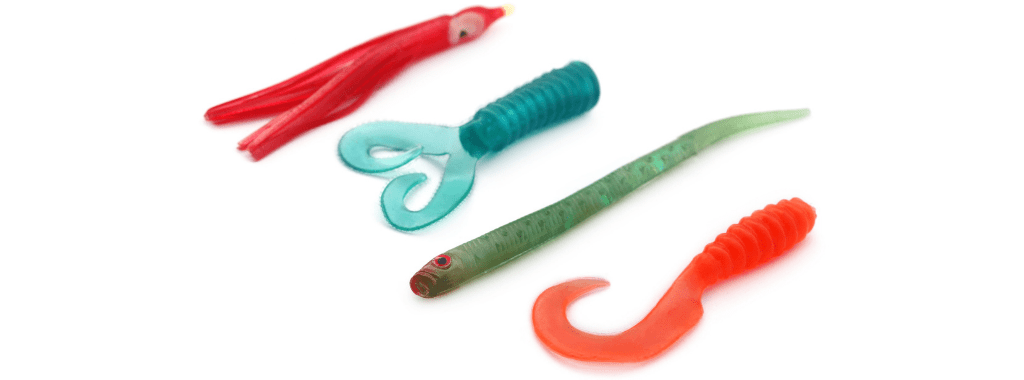Spring offers some of the best opportunities to catch the biggest bass of the year. As waters warm up and bass shake off the winter doldrums, they emerge hungry and ready for a meal. Anglers can use that to their advantage, but spring bass fishing offers its fair share of challenges as well.
Fickle weather, fluctuating water levels, and erratic temperatures make spring a season of change for bass and bass fishermen alike. The best way to consistently catch fish is to be flexible.
Conditions can change at the drop of the hat, so be prepared to do the same. These simple spring fishing tips could help you make spring the best season for bass fishing this year.
5 Tips for Spring Bass Fishing
1. Watch the Thermometer
Warming temperatures are what get bass moving early in the springtime. For the most part, Bass spend the winter months in deeper water, and warm weather will gradually bring them toward the shallows.
As temperatures creep into the upper 40s and lower 50s, bass are increasingly likely to be in shallow water, especially on warm, sunny days. Sometimes all it takes is one or two warm, sunny spring days to get the ball rolling. Pay attention to nighttime temperatures, too, which have just as much impact.
Look for shallow spring bass near some kind of cover, especially rocks, which tend to absorb much of the sun’s heat and radiate it. Shallow, dark-bottomed bays are some of the best areas to find spring largemouths, with the north shores of many lakes warming up first.
2. Be Aggressive
Bass are eager to feed in springtime and are often willing to chase an aggressive, fast-moving bait if they think it looks like a meal. This is especially true once the water temperature rises into the upper 50s.
That makes highly active lures like crankbaits, spinnerbaits, and jerkbaits great lures for spring bass fishing. Crankbaits are great search lures, allowing you to cover a lot of water quickly and increasing your chances of finding fish. Focus your casts on shallow cover on warm days.
3. Transition from Deep to Shallow
While the transition from deep to shallow water is a key feature of spring bass behavior, it’s important to remember it doesn’t happen overnight or all at once. Just as a string of sunny days can bring bass into the shallows, a cold front can drive them right back to the depths. And some bass may linger in deeper water later than others.
One of the best ways to consistently find spring bass is to identify the structures they follow between deep and shallow water. These areas typically look quite different from one lake to another.
For example, bass often use the edges of creek channels to make their way between deep and shallow haunts. Main lake points and pathways between weed beds can be used similarly, along with manmade structures like drains, ditches, and sunken road beds. These are all key areas to fish for bass in spring.
4. Slow it Down
This may seem to contradict tip number 2, but there’s a time and a place for aggressive lures when spring bass fishing. But there will also be times when you need something more subtle. Bass are usually less inclined to waste energy chasing a lure when conditions aren’t ideal.
On windy, rainy days and when a cold front has moved into the area, bass may be easily found in shallow water, but they may not be as easy to entice. There’s a good chance you’ll need to slow your approach way down and fish with a bit of finesse. Soft plastic baits are ideal for these situations, which is why some of the best spring bass lures are soft plastics.

Plastic worms, lizards, craws, and creature baits are all good lures to have on deck when adverse conditions threaten in springtime. Perhaps the best spring bass lure is a wacky worm, which can be fished weightless and tossed around docks, stumps, brush, fallen trees, rip-rap banks, and other shallow cover.
5. Consider Water Clarity
Water clarity can have a big impact on spring bass fishing. In murky or stained water, bass may be more inclined to rely on their sense of hearing and lateral line to detect prey. In these conditions, it can be best to use lures with a lot of vibration and noise, such as rattling crankbaits or spinnerbaits with colorado blades.
On the other hand, in clear water, bass can see their prey more easily and may be warier of lures that look unnatural. In these conditions, using natural-looking lures like finesse worms or swimbaits can be more effective. Additionally, downsizing your line and leader can make your presentation more subtle and increase your chances of getting a bite. Pay attention to water clarity and adjust your tactics accordingly for the best chance at success.
Final Thoughts
Spring bass fishing can be thrilling, but it’s a season of change for both bass and fishermen due to fluctuating weather and temperatures.
Stay flexible and adjust tactics by watching the thermometer, transitioning from deep to shallow water, being aggressive or slowing down, and watching water clarity.
To learn more about bass fishing see our other handy article: Bass Fishing Tips: How to Catch Bass. With these tips, you can increase your chances of catching that big spring bass.

